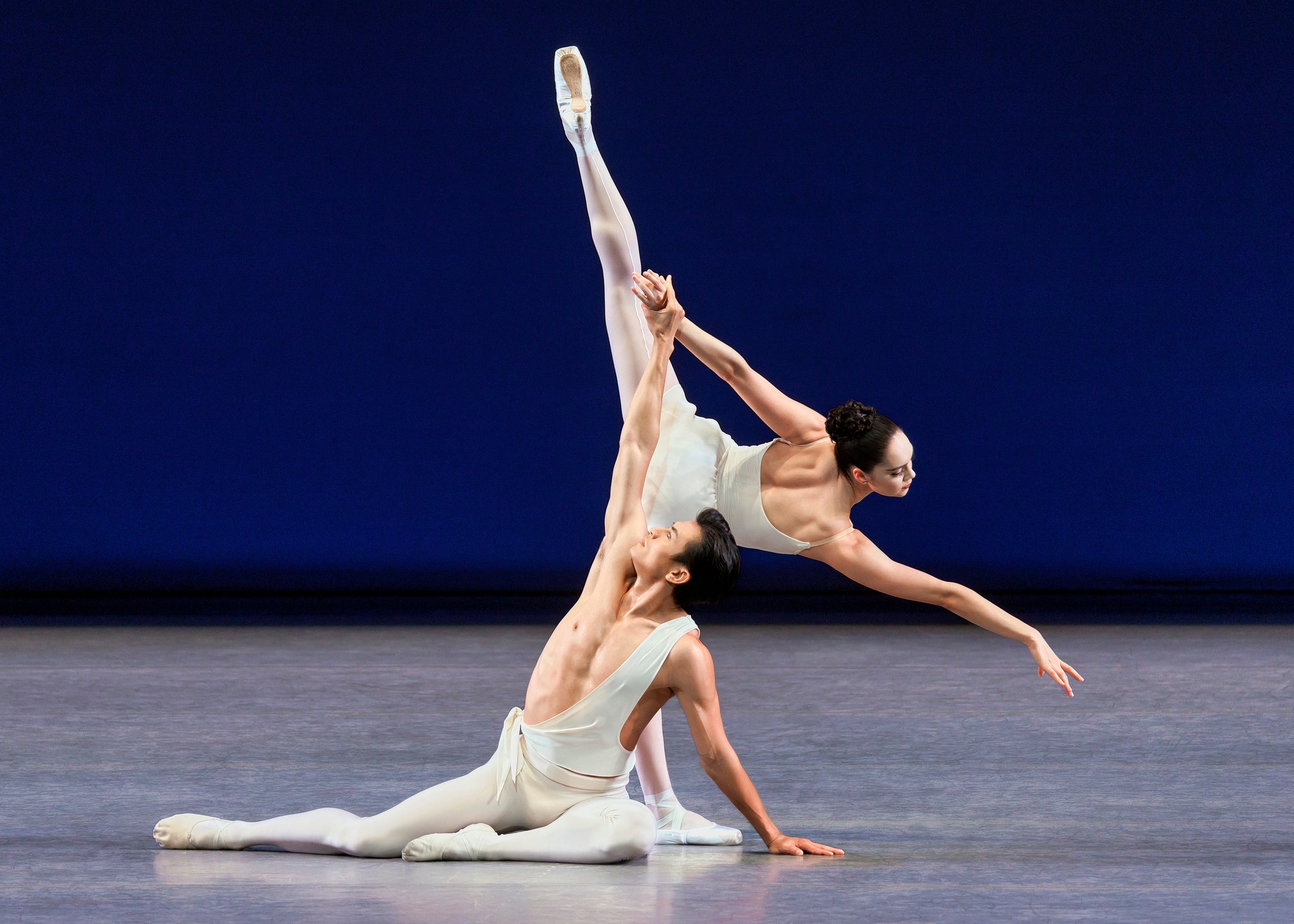Another show that left a powerful afterimage was Shamel Pitts’s “Touch of Red,” danced in a subterranean space below the stage of New York Live Arts. In a square ring that suggested a boxing arena, two men, Shamel Pitts and Tushrik Fredericks, grappled, pushed against each other, and collided in a dance that suggested aggression, tension, love, and release. It was a performance of searing intensity.
Bijayini Satpathy returned to New York with two shows, “Abhipsaa” at the Baryshnikov Arts Center and “Sita Haran” at Fall For Dance. Satpathy has an uncanny ability to connect her movements so they become a kind of energetic continuum, whose momentum sweeps you along like a wave. You follow the drama of the dancing intently, as if the characters in the stories were there in front of you, running through the forest, flying overhead, bursting with longing or fear or joy. In “Sita Haran,” she embodied six different characters from the Ramayana: male, female, human, demon, animal. In the blink of an eye, she was transformed.
Toward the end of the year, a group of dancers from across the African continent, assembled by the Pina Bausch Foundation, performed Bausch’s 1975 “Rite of Spring” at the Park Avenue Armory. (The show was part of Van Cleef & Arpels’s new festival “Dance Reflections.”) Bausch’s “Rite” has been seen in New York before, and it is always compelling. That score! Here, though, the combination of the cavernous space of the Armory, the pile of peat on the ground, and the total abandon of the dancers, came together to create an even greater impression than usual. Sitting in the tiered seats, the audience could see the dancers’ faces, feel their individual humanity. You could watch each person and trace his or her trajectory through the dance (and through Stravinsky’s score). The brutality of the situation Pina so viscerally depicted was counterbalanced by the beauty and abandon of the dancers.
It was a year of extraordinary dancing.










comments